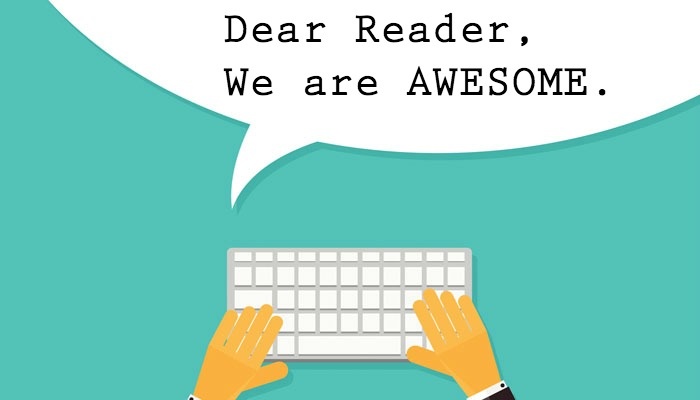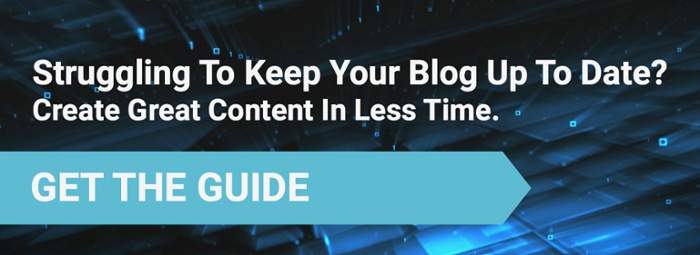
How to Blog About Your Business Without Annoying Readers
Patrick Dodge
Founder
Your blog is your voice. And sometimes that voice yearns to say something self-congratulatory.
Maybe your organization won a prestigious award or hired a rising star that’s destined for great things. It would be silly not to share the good news, right?
Not always.There are effective ways to promote your business in a blog, but unfortunately, many writers end up losing potential customers because they go about it wrong.
Who Is This Information For, And Will They Care?
We are all selfish creatures online. Our attention only goes to places where there is a clear and immediate benefit. Everything else is left unseen and unclicked.

This is why promotional blogging can be tricky, even harmful to brands online. You do not have a captive audience. They are free to go at any time, and the instant you bore them – they’re gone in a puff of smoke.
Think about the challenges your customers are trying to solve. Are they IT specialists trying to solve compliance issues, or HR directors that need help managing internal documents? In every case, your blog will be most effective when it helps them solve problems.
If your blog features company news instead, I wouldn’t count on it getting attention from anyone except a few established customers. A long-time client might be interested in reading about your new hire…maybe. But if your goal is to attract new customers to your website, it’s time to rethink your strategy.
How to Promote Your Business in the Blog
Now the good news: You CAN promote your business without driving visitors away. Content mapping is the key.
What Is Content Mapping?
Content mapping involves charting a course for your content development over an extended period of time. This plan depends on two important considerations:
Buyer Personas – Every successful content marketing campaign is built on a foundation of buyer personas, or profiles that represent actual buyers your business is trying to reach.
Each buyer persona should reflect a person in a specific position within an organization, with detailed insight into their challenges and goals. The better you understand the triggers that cause a persona to seek a solution like yours, and the criteria they use to determine a good fit, the more useful this information will be.
As you map out your content for the next three months, make sure each topic is tailored for one buyer persona. Mark it down in your plan.
Lifecycle Stage – In addition to personalizing your content, you also need to consider where your ideal customer is in the buying process when they find your content. HubSpot breaks down the Lifecycle Stage into three main phases: Awareness, Consideration, and Decision.

In the awareness stage, a person has recognized he or she needs information for a specific challenge. Your most basic, 101-level content will draw these people to your website, and if your content is focused on helping them (not self-promotion), you might engage them on the next stage of their journey.
In the consideration stage, your target customer has learned a few things and is now “in the market” for a solution. They will likely compare several different options and narrow their choices to just two or three vendors. When buyers reach the decision phase, they weigh cost versus value to arrive at a decision.
Demonstrate Your Solutions In The Consideration Stage
When buyers enter the consideration stage, tell them about how your company solves this problem they are facing. Case studies and demo videos can be very effective, but remember – this isn’t the time for a sales pitch. The buyer is still gathering information, and a pitch at the wrong time can derail your lead nurturing strategy.
Offer success stories, but make them entertaining and educational. Never stop helping your potential customer learn, regardless of which stage of the buyer journey they are in. Satisfy their needs and they may take the next step with you. Finally, when the user reaches the decision-making phase, now you can pull out all the stops. Offer a free demo or a consultation, whatever helps you close the business.
As buyers go through the process, they will want to learn more about your team and how you do things. By keeping your content aligned with their goals at each lifecycle stage, you will deliver useful information to them while also demonstrating what makes your company special.
This is a powerful way to kick off a great relationship. It's certainly better than showing them a post about who bowled a 200 at the holiday party last year.
Mar 20, 2017 9:34:56 AM

